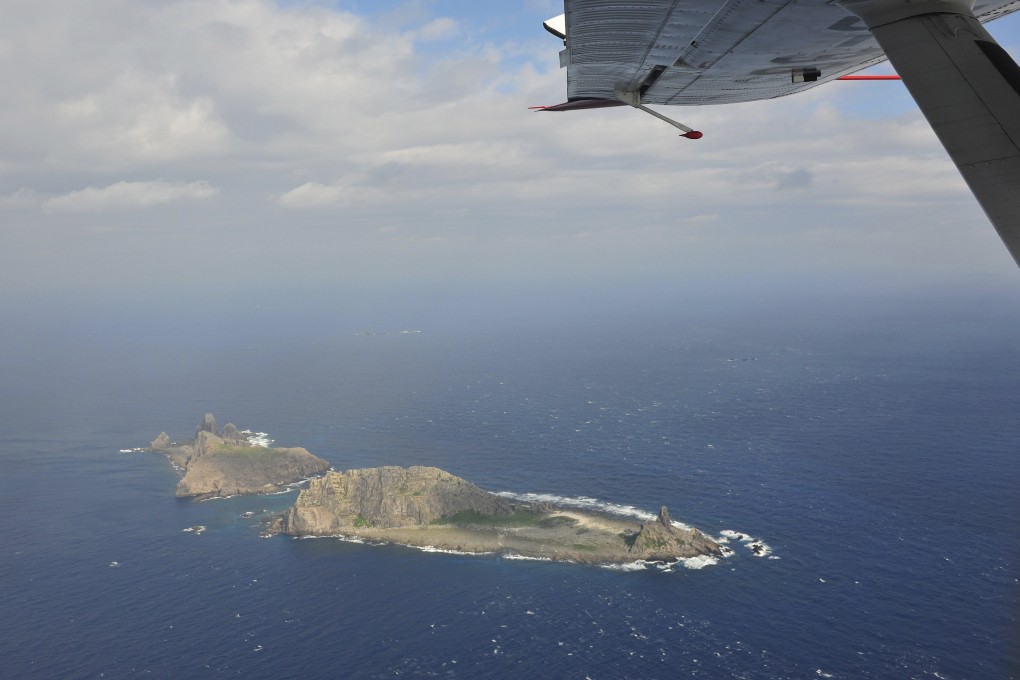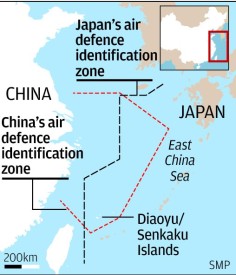Update | Fear of conflict with Japan as China sets up air defence zone
Militarised area over disputed East China Sea islands 'extremely dangerous', says Japan

China's announcement yesterday that it had established an Air Defence Identification Zone in the East China Sea that includes the disputed Diaoyu Islands, known as the Senkakus in Japan, would greatly raise tensions and the risk of armed conflict, experts from both nations warned.

Hours later, Beijing's new air force spokesman Colonel Shen Jinke said China had sent two large surveillance aircraft "to conduct the first patrol mission" in the new zone, escorted by an early-warning airplane and other multi-purpose jets.
All aircraft entering the ADIZ would have to provide their flight plans, nationalities and maintain two-way radio contact allowing them to "respond in a timely and accurate manner to the identification inquiries" from Chinese authorities. Civil aviation would not be affected.
Japan's foreign ministry yesterday lodged a "serious protest" to China, saying such a move was "extremely dangerous" and "could trigger unpredictable events", according to Junichi Ihara, chief of the ministry's Asian and Oceania Affairs Bureau. Taiwan, which also claims sovereignty over the disputed islands, expressed regrets.
Although the Chinese defence ministry claimed the zone was not targeting any specific country, Xu Guangyu , a retired PLA general, said China was only "exercising its self-defence rights" in response to Japan's expansion of its ADIZ since the early 1970s and moves to limit China's rights to fly in the region.